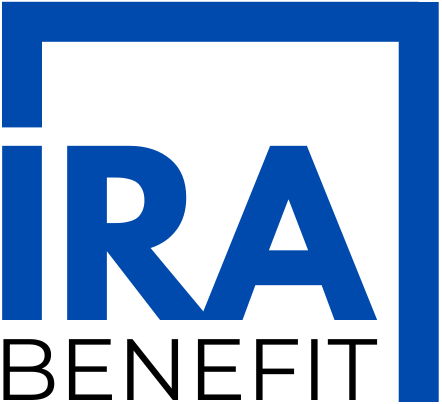
Maximizing Solar Tax Credits Under the Inflation Reduction Act
The Inflation Reduction Act (IRA) and Solar Energy
The Inflation Reduction Act (IRA) provides unprecedented opportunities for homeowners to save on solar installations. With enhanced tax credits and deductions, this legislation enables you to lower the cost of adopting clean energy solutions while reaping long-term financial benefits.
Key Points:
- Overview of the IRA Solar Tax Credit: The IRA increased the federal solar tax credit to 30%, ensuring homeowners get a significant portion of their investment back during tax season.
- Bonus incentives for energy storage systems, battery backups, and home upgrades.
- Stacking Benefits for Maximum Savings: In addition to the 30% tax credit, you may qualify for state and local incentives that stack with federal benefits.
- Eligibility and Steps to Claim: Ensure your system is installed by a certified contractor. File IRS Form 5695 with your federal taxes to claim your solar credit.
Overview of the IRA Solar Tax Credit
The IRA has extended the Investment Tax Credit (ITC), allowing homeowners to claim a 30% credit on qualifying investments in solar energy systems. This means that if you install a solar system on your property, you can receive a credit equal to 30% of the installation costs, effectively reducing your tax liability.
In addition to solar panels, the IRA’s provisions also cover energy storage systems, such as battery backups, and other renewable energy projects. This inclusion ensures that homeowners can enhance their energy resilience and efficiency while benefiting from the tax credit.
Stacking Benefits for Maximum Savings
Beyond the federal ITC, many states and local governments offer additional incentives for solar installations. These can include state tax credits, rebates, or performance-based incentives that can be combined with the federal credit to maximize your savings.
Moreover, the IRA provides opportunities to claim credits for other energy-efficient home improvements. By upgrading your home’s energy efficiency—such as installing energy-efficient windows, doors, or insulation—you can further reduce your overall energy costs and qualify for additional tax benefits.
Eligibility and Steps to Claim
- Certified Installation: Ensure that your solar energy system is installed by a certified contractor. Proper installation is crucial for both system performance and eligibility for tax credits.
- Filing IRS Form 5695: When preparing your federal tax return, complete IRS Form 5695, “Residential Energy Credits.” This form calculates the credit amount and is submitted with your tax return to claim the solar credit.
- Documentation: Maintain thorough records of your installation, including invoices, receipts, and any contracts. This documentation is essential in case of an audit and to substantiate your claim.
Outlook
By taking full advantage of the tax credits available under the Inflation Reduction Act, you can significantly lower the cost of installing a solar energy system in your home. Not only does this investment lead to substantial financial savings, but it also contributes to a more sustainable and environmentally friendly future. If you’re considering making the switch to solar energy, contact us today for a free consultation. Our experts are ready to help you navigate the available incentives and maximize your savings.
Need more information? Contact us today for a free consultation.
